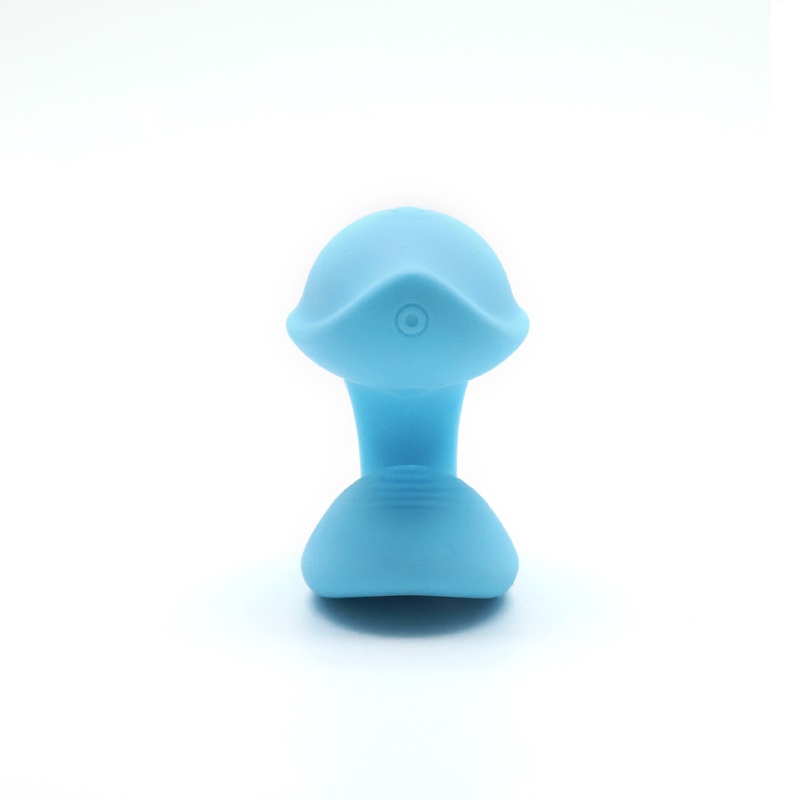The end of tattoo blues: Removing body art no longer needs to be a pain in the neck, or anywhere else. - magic body wand
by:KISSTOY
2019-12-04

While sometimes I really wish it wasn't there, I never liked my tattoo-the hip star series that was done in Mexico seven years ago, part of it is in Australia-serious enough to consider the pain of removing it.
The only widely used way to remove tattoos is with a laser, which I have always thought is the last resort: the protection or recognition of abandoned loved ones failed.
We, tired tattoos, wearing our mistakes-names of former lovers, short impulses, football teams, cheesy dolphins and Bucks --
Weekend prank-tired resignation.
Frankly, until recently, the only way to remove tattoos was medieval.
"Grinding skin" means freezing the skin and then scraping off the upper layer of the skin containing the tattoo with a rotating tool.
Burning the skin with acid is another daunting option.
In extreme cases of tattoos
Unfortunately, the skin can be removed by surgery.
Laser resection is the most commonly used and the least terrible surgery, but it is expensive, does not work for everyone and is painful.
Sometimes the result is even worse than the original tattoo.
But now, a new treatment has come to the UK from the United States, and it has appeared in the past few years.
It uses a cream-Rejuvi-to push into the skin with an injection molding machine, which is no different from a tattoo gun (called a micropigmentation pen.
The working principle of the tattoo is to inject the ink into the top layer of the skin, shallow enough so that the body's immune system does not "see" the ink.
Rejuvi cream is combined with tattoo ink on the skin and "shows" the ink to the body, then as the skin is healed it rejects the cream, it is pushed to the surface of the skin, the pigment was taken away.
Rejuvi has a higher success rate than laser resection, lower price, less pain and minimal risk of Scar.
Oxford skin clinic in Oxford, with branches in Harley Street and Richmond, combines Rejuvi cream with the new design of injection molding machines, which claims to be the most accurate and effective delivery method.
Stuart Harrison, director of the Oxford Skin Clinic, first treated his brother, who removed the initials "S" and "D" from his arm ".
The ink disappeared so well in the form of scabs that Harrison still put the initials in a plastic bag.
He was recently approved by the armed forces for tattoo removal and has received emails from Afghan soldiers hoping they will remove all kinds of tattoos as soon as they return home.
The removal process is simple and quick.
It feels a lot like a tattoo, though not so painful: there is the same sharp, scratched sting and the same terrible mosquito complaint about the needle.
After that, apply a small dressing.
It stings for a few days and the aftercare is similar to the tattoo: it is recommended that you keep it dry and exposed to fresh air, in order to avoid the tight clothes or straps that will rub and irritate it.
"It's an open wound, and you have to remember that you have to treat it that way," Harrison said.
"About a week later (
In the meantime, I admit, I didn't take care of it particularly well)
, A scabs, painted black with old tattoo ink, and then fell off.
The result was impressive-from a small patch test, a star in my tattoo almost completely faded, even if I was lazy to look at it, the skin has healed and looks as good as the new one.
But the treatment is not as magical as it sounds.
Harrison suggests that those with too big, too old, or too deep tattoos, the removal process may be more troublesome than it is worth.
"It will end up being very expensive and it could take years to relocate," he said . ".
Due to the healing process, Harrison recommends that the tattoo need to be treated at least four or five times in order to be completely removed between treatments, which means at least six months of treatment.
While using Rejuvi is much cheaper than a laser, it is not cheap.
The initial consultation plus patch test was £ 30.
Then, depending on the size and shape of the tattoo, calculate the price based on the square inch area to be removed, or the time spent per session-whichever is the cheapest.
A 1 square inch lesson costs 73, or a 15-minute job costs 54.
Of course, this latest removal procedure will not allow us to wear tattoos at will and be abandoned.
But for those who change their minds, it's a safer alternative to a Sander. www.
Oxford clinic. co. uk (0800 023 1915)






